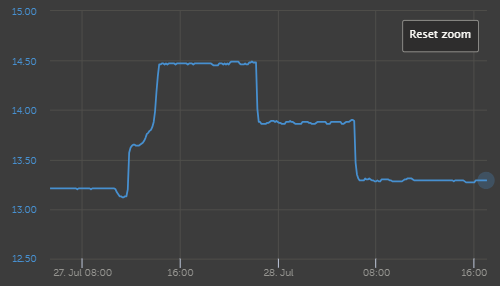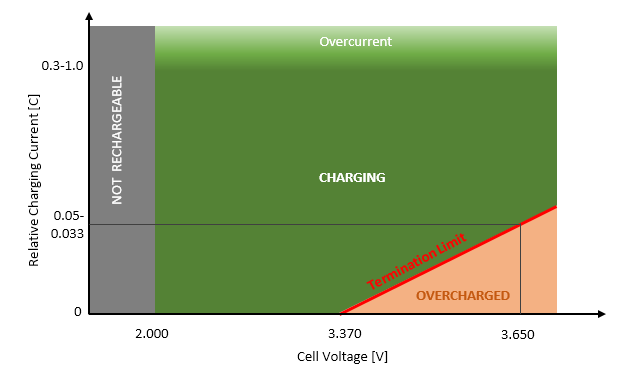Two years after installation, my IP22 charger lost its user defined configuration after a power interruption and reverted to a lead-acid charge profile - which would have destroyed my LiFePO4 batteries had the BMS not gone into protect mode. The charger ran an output of 14.4 volts for 8 hours, and 13.8 volts for another 8 hours.
Is there are replaceable memory battery inside the charger?


